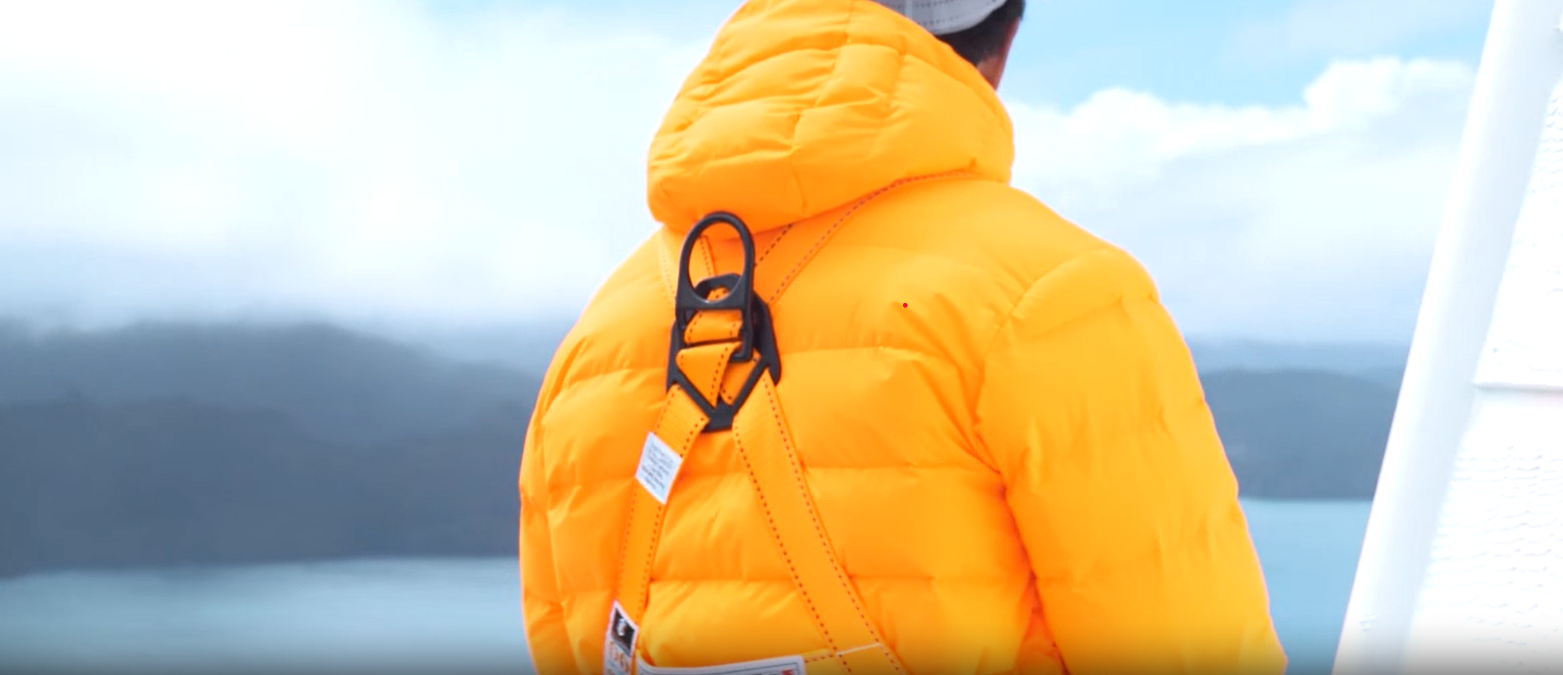
Imagine your body heat like a tiny campfire. In the summer, a light breeze might be enough to keep your cool. But in winter, that same breeze can quickly extinguish your inner warmth, leaving you feeling cold and uncomfortable. Layering is the key to winter comfort. It allows you to trap warm air next to your skin while protecting yourself from wind, rain, and snow.
Extreme cold can cause hypothermia, a hazardous condition in which your body loses heat faster than it produces it. Layering helps you stay warm. Winter safety depends on adequate layers, not just comfort. This article will help you dress warmly and prevent frostbite, a condition caused by skin and tissue freezing. Following these layering tips will make your winter trips safe and fun.
Here is the breakdown:
- Base Layer: The core layer should wick away moisture from your skin and keep you dry while still being comfortable. Merino wool is an excellent choice for a base layer.
- Mid Layer: This layer is meant to insulate heat and trap warmth. Fleece jackets are ideal options. Depending on the activity level – a more active crew might benefit from lighter insulation.
- Outer Layer: This shell layer should protect you from harsh external elements like wind, rain, or snow. A waterproof, breathable jacket will let sweat escape while keeping you dry and protected.
Material Matters: Choosing Your Winter Weaponry
The right material makes all the difference in winter safety gear. Here are some key players:
- Merino Wool: Merino wool wicks away sweat, keeps you warm, and does not smell. It is great for base layers. Like the Syzmik, Mens Merino Wool Mid-Layer Pullover (view here).
- Fleece: A fantastic mid-layer insulator, fleece is warm, lightweight, and soft. Like the Syzmik, Mens 1/4 Zip Brushed Fleece (view here).
- Polyester: Durable, water-resistant, and quick-drying, polyester is a versatile choice for both mid and outer layers. Like the Mack, Hoodie, Two Tone, Hi Vis, Polyester Fleece (view here).
- PVC: This waterproof material is great for damp weather and will keep your upper layer dry. Like the Bata Industrials, Utility, Safety Toe Boot (view here).
Keeping Your Extremities Safe: From Fingers to Toes
Your hands, feet, ears, and nose are especially vulnerable to the cold. They have a higher surface area to volume ratio, meaning they lose heat faster than your core. This is why frostbite, a condition caused by freezing of the skin and underlying tissues, often affects these areas first. Symptoms include numbness, tingling, and eventually, skin discoloration and hardening. In severe cases, frostbite can lead to permanent tissue damage and even amputation. Here’s how to ensure they stay warm and protected:
- Head: A warm beanie made of wool or fleece is essential. Consider options with ear flaps for added protection. Like the Syzmik-unisex-streetworx-beanie-2 (view here).
- Hands: Invest in waterproof, insulated gloves that allow for dexterity. Leather or synthetic work gloves are popular choices. LIke the Frontier-cold-resistant-glove-2 (view here).
- Feet: Choose winter work boots with aggressive treads for traction, insulation to keep your feet warm, and waterproofing to keep them dry. Like the Mack-chippy-pen-safety-boot-slip-on-2 (view here).
Winter's arrival can confuse work routines and test your team’s resilience. By mastering the art of layering, choosing the right materials, and prioritizing the safety of extremities, you can empower your team to thrive in winter.
With a prepared team and a smart approach, any work site can be transformed into a winter wonderland of productivity. So, face the challenge and equip your crew with the right tools and safety wear for a productive winter season!













































